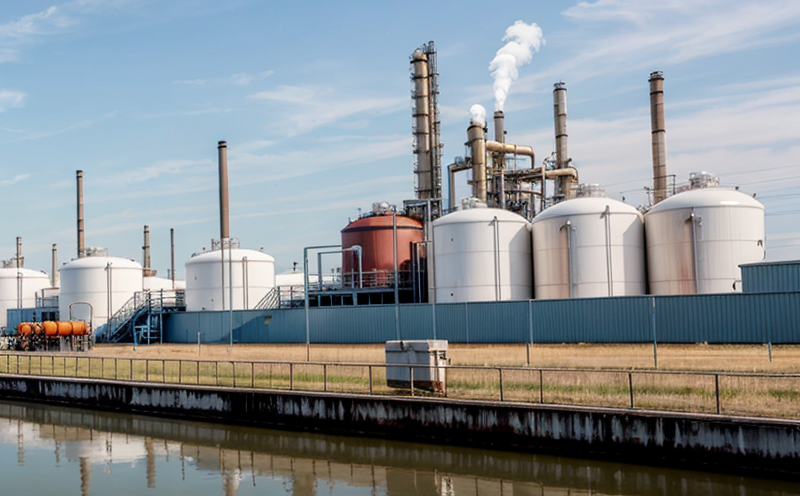AOAC 2007 Pesticide Residue Safety Testing in Foods
The AOAC Official Method 989.13 (formerly known as AOAC 2007) is a comprehensive pesticide residue testing procedure designed to ensure the safety and quality of food products. This method is widely recognized for its accuracy and reliability, making it an essential tool in the food industry.
The primary objective of this test is to detect and quantify pesticides present in various types of foods to ensure they comply with international standards set by regulatory bodies such as the Food and Drug Administration (FDA), European Union (EU), and World Health Organization (WHO). By adhering to these guidelines, food producers can safeguard public health from potential risks associated with pesticide exposure.
The AOAC 2007 method employs advanced chromatographic techniques, including liquid chromatography-tandem mass spectrometry (LC-MS/MS), which allows for precise determination of trace amounts of pesticides. This approach ensures high sensitivity and selectivity, enabling the detection of even minute levels of residues that could be harmful if consumed in excess.
In addition to its technical sophistication, AOAC 2007 also emphasizes robust quality control measures throughout the testing process. Specimen preparation involves thorough extraction procedures using solvents like acetonitrile and water followed by clean-up steps such as solid-phase extraction cartridges. These stringent protocols help eliminate matrix effects that might otherwise compromise analytical results.
Once prepared, samples undergo analysis via LC-MS/MS equipment capable of resolving complex mixtures containing numerous pesticide compounds simultaneously. The resulting data is then processed using specialized software to generate detailed reports indicating the presence and concentration levels of each detected pesticide.
This information is crucial for several reasons. Firstly, it helps manufacturers ensure their products meet regulatory requirements regarding maximum allowed limits (MRLs) specified in international standards like those outlined by Codex Alimentarius Commission. Secondly, knowing exact residue concentrations allows companies to implement corrective actions promptly if necessary, thereby protecting consumer health and maintaining brand reputation.
Moreover, AOAC 2007 plays a vital role in supporting research efforts aimed at developing safer alternatives for pest control without compromising crop yields or food quality. Through continuous improvement of this methodology, scientists can gain insights into how different pesticides interact within various agricultural systems, leading to more informed decision-making processes.
Another significant benefit of AOAC 2007 lies in its ability to support traceability initiatives across supply chains. By providing reliable data on pesticide residues at every stage from farm production through processing and distribution, stakeholders can trace back any potential issues quickly and effectively address them before they impact end consumers.
In conclusion, the AOAC 2007 Pesticide Residue Safety Testing in Foods represents a cornerstone of modern food safety practices. Its rigorous procedures combined with cutting-edge technology make it an indispensable resource for quality managers, compliance officers, R&D engineers, and procurement professionals working within the chemical testing sector.
- Ensures adherence to international standards
- Provides precise measurement of pesticide residues
- Supports regulatory compliance through MRL verification
- Aids in identifying safer alternative pesticides
- Facilitates traceability within supply chains
Applied Standards
The AOAC Official Method 989.13 follows several internationally recognized standards to ensure its accuracy and reliability:
- American Society for Testing and Materials (ASTM): ASTM D7046-05 specifies the procedure for determining pesticide residues in fruits, vegetables, grains, nuts, seeds, and other agricultural products.
- International Organization for Standardization (ISO): ISO 18329 provides guidelines on sampling procedures for residue analysis of pesticides in foodstuffs.
- European Committee for Standardization (CEN): CEN/TS 50764 outlines the requirements and recommendations for validation studies of pesticide residue analytical methods.
These standards play a critical role in maintaining consistency across laboratories conducting similar tests globally, ensuring that results are comparable and valid regardless of location or institution.





